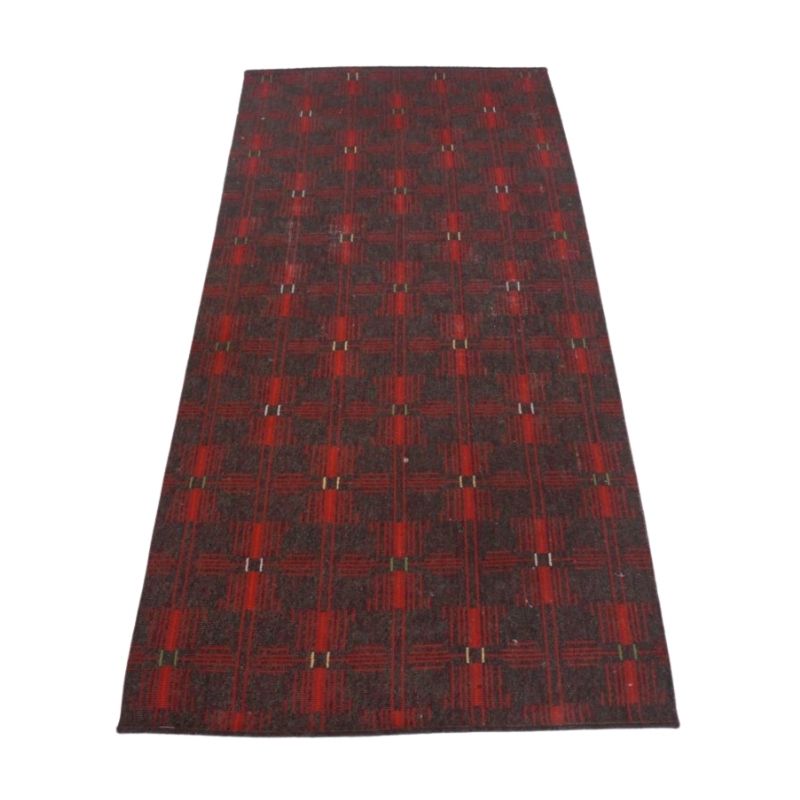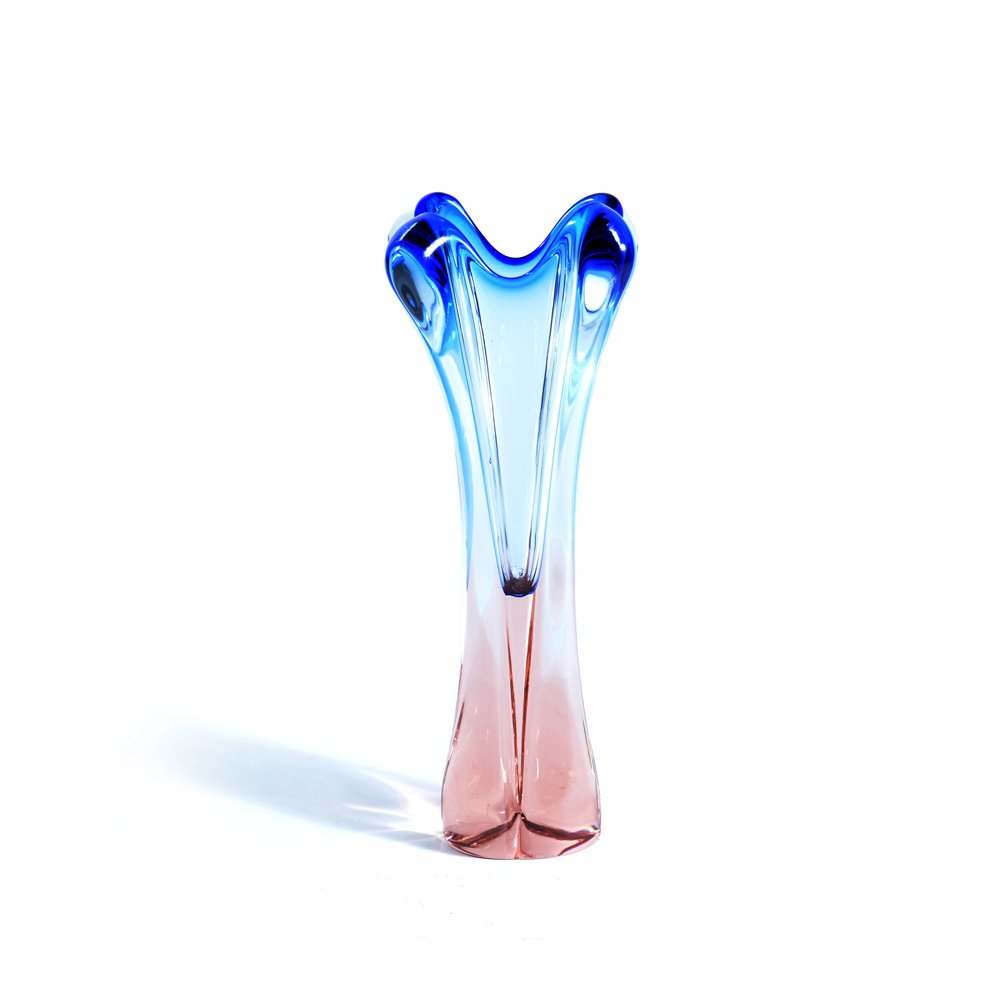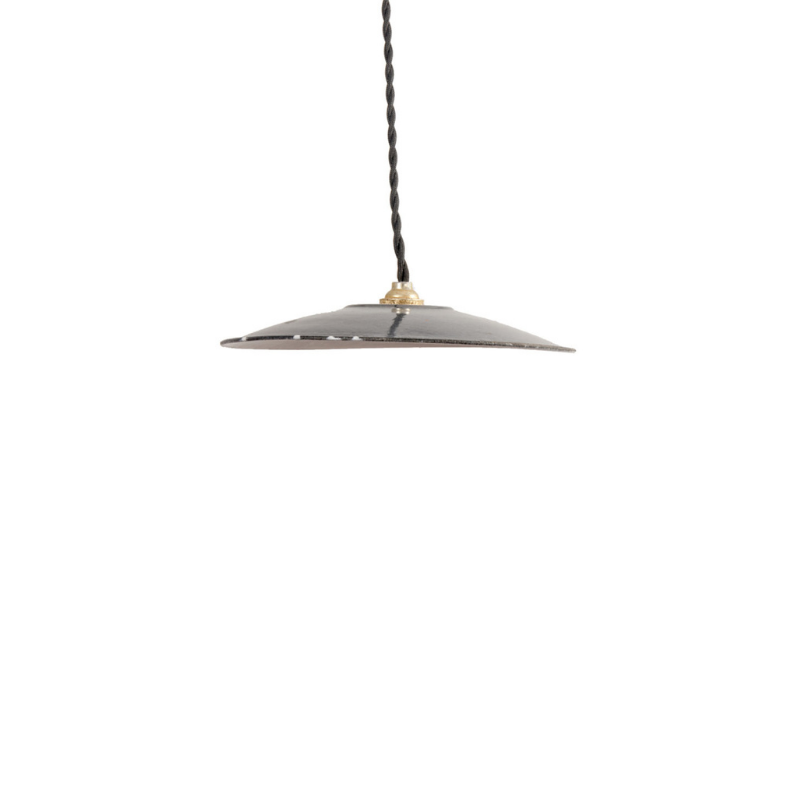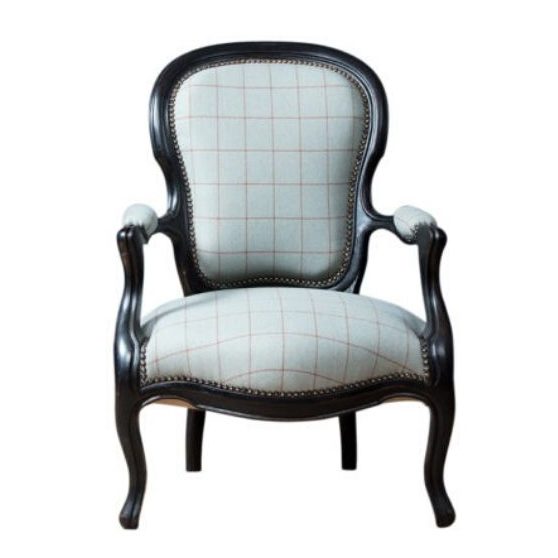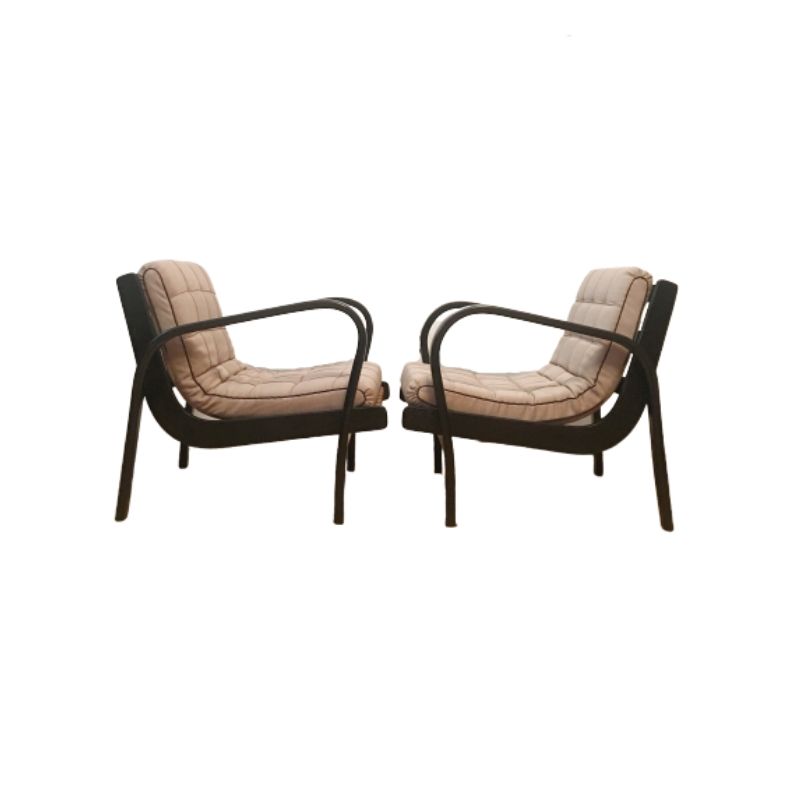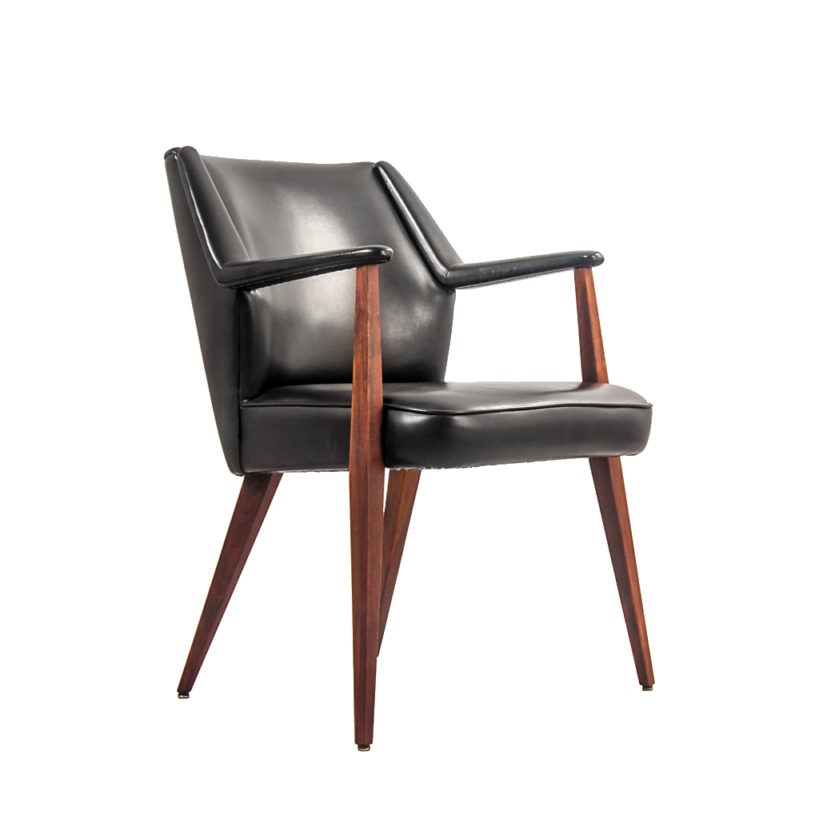Dear All,
I came across a few threads yesterday on your forum about how to fix light water stains to teak wood dressers. However, I have one at home which is dark and I would much appreciate some guided advice on how to fix this (see pictures below). From what I can gather this is an oiled teak wood (purchased this way) and not varnished (a dull finish). Would the heat treatment (hair dryer) still be the best method to tease out the dark stain? As you can see there are also a few "white" water stains too.
Alternatively would using the wire wool and oil method be best? Do I need to treat the whole surface or just the marks? Also, do I need to treat the two types of marks differently? I've also heard about the oxalic acid method applied to the stain directly and wiped off etc. Do you recommend I do this at home or should I get a specialist to sand the whole thing back?
Any guided advice would be much appreciated and I thank you in advance.
Ginnie <img class="wpforo-default-image
<img class="wpforo-default-image
I've gotten mostly very good results with using Barkeepers Friend (10% oxalic acid) on black water stains on teak. I mix it with water to a thin paste consistency, then apply it to ONLY the stain. I've tried leaving it on for hours, leaving it on for 20 minutes, leaving it on for 2 minutes, and also just sort of rubbing it into the stain with my fingertip and wiping off almost immediately. Most of the time the stain disappears completely or fades to the point where it's way less noticeable. A few times it has faded the wood color, though---leaving a bleached area. I don't know why it was different that time; the stains were the same dark type caused by water.
I would try the finest texture steel wool, with oil, on the white marks, at least to start. That's usually all I do with stains like those.
If oxalic acid bleaches the wood then it means there is an existing level of stain in the wood.
Murphy's oil soap mixed strong and applied as hot as you can stand will strip back the old oil finish with scrubbing with a rag, always in the direction of the grain. Then apply oxalic acid to the problem area, if it bleaches the area, apply to the whole surface. Then apply teak oil wiping it on thick with a rag, let it sit for a while and wipe off any excess, and wipe it off in the direction of the grain. Cross grain streaks are very obvious.
It is a bit difficult to be sure from the pictures, but it looks like the wood has some indication of more extensive water damage to the whole surface, in addition to the rings and dark spots. The first, and especially the second picture, look like there may be some grain raising up, possibly even veneer starting to de-laminate (black spot at the bottom). If true, the only way to address this is a strip and sand, possibly treatment with Oxalic Acid, and refinish. If this is the case, probably best to go with a professional, if you have limited refinishing experience.
If I am totally off base with the grain raising, I am happy and it is a lot easier. Spanky's suggestions would be a good place to start, as they are least invasive. If you just try to re-oil and it does not work, you can always go with the bleaching (oxalic acid) route after. (It is not likely that this will solve the issue with the black marks though)
I have had very limited success with the Barkeepers Friend, and usually just use oxalic acid crystals dissolved in hot water. The paste consistancy of BKF, does not seem to penetrate as much as the aqueous acid solution does. You can find Oxalic acid at most paint stores (probably not at the big box stores though). Start with 25% Oxalic acid to hot water. Wear latex gloves! The warmer the water, the faster the bleaching reaction. You can increase concentration from there, if you are having limited results at 25%(about 1/2 cup of acid to a quart of water). Also, once your acid has worked on the stains, you can dilute the mixture you have used 100% and then wash the entire top to even the color out. Make sure you rinse the top with plain water or a water/white vinegar mix after the initial application has dried. You may have to rinse a couple times with plain water. You want to make sure you remove and neutralize all of the oxalic acid residue prior to doing any sanding (if you don't, your nose and throat will burn, and this is the most dangerous aspect of working with oxalic acid, inhalation of crystals). As a rule, I wear a dust mask or respirator anytime I sand after using wood bleach.
If you have to go the bleaching route, Leif's suggestion with the Murphy's makes a lot of sense to start, although I have not tried it before. Also, a very light sanding (220 or 320 grit, 000 or 0000 steel wool), will likely be necessary after washing/bleaching/rinsing, as the grain will likely raise a bit ... then re-oil. I would probably do a couple of oil applications, since this appears to be a top surface, and a thicker finish would be better to ward off future damage.
If everything stated here seems completely foreign or uncomfortable, then I suggest taking it to a professional. Sometimes fixing issues like these can be as easy as oiling with steel wool (something anyone can do), but often, you really need to have some experience with finishing wood, to get good results. If you don't have this experience, the results will only be disappointing, and sometimes even disastrous.
Dear All,
I just wanted to say a big thank you for your comments. You all raise some good issues and yes, Zephyr a good point about confidence, as I have never treated would before. I'll make a start with some wood oil (Teak? any recommendations please?) and then consider the oxalic acid route. At least trying in a very small patch. Alternatively, I'll get the professionals in to resand the lot.
Just quickly, would you treat the dark and light stains differently. For example no BKF or oxalic acid on the former? Am I ok just wire wooling the target areas and then seeing how it looks with some oil after? I'm worried it will come up different to the rest of the table top. If so though I get a professional could salvage if I was not heavy handed in area.
Thanks everyone. Much appreciated.
Ginnie
Don't oil it before you have attempted to remove the dark stains.
Get some mineral spirits on a rag, wipe it over the problem spots, and see what that does before you put any oil on it. This will show you what it will look like with oil... likely the lighter stains will disappear, or become much less offensive.
Contrary to what Mcgee said, I do not see any issues oiling the areas where there are dark spots. You will need to remove any existing finish prior to bleaching anyways. So either you go straight to bleaching, and you remove what's left of the current finish ..... or go at it after oiling, and you have to remove the small amount of extra finish you applied.
It is important to note that the dark spots will probably not be removed by oiling alone. Any oiling attempts prior to removing the dark stains would mainly be to address the lighter spots, and to blend the darker spots into the surface a bit more. But maybe this will produce satisfactory results for the effort and cost, which is why it has been suggested to try this first.
If you do oil first, you can go about it a couple ways. You can lightly sand the whole surface with 0000 steel wool (make sure to remove all sanding dust with tack cloth or mineral spirits soaked rag), and then oil .... Or the way I typically do it is to rub the oil in with the steel wool. In this way you are not trying to clean the dust away, you are smoothing out the surface, as the dust fills the grain and pores. In both cases, you want to flood the oil on, keeping the surface quite wet for at least 15 mins (this can be longer depending on temp, you just don't want to let it sit on there long enough to start thickening. 30 mins is usually plenty for absorption, although I have left oil on wood for over an hour before, without an ill effects). As the wood soaks up the oil, add more. You want it to be visibly wet the whole time the oil is on there.
I would do this to the whole top surface, since the whole surface looks rather dry to begin with. If you apply with the steel wool, rub gently, only in the direction of the grain, slowly and equally covering the whole surface (actually this steel wool methodology applies whether it is with, or without oil). Actual steel or synthetic, it really does not matter too much. If you do happen to get any of the steel wool 'fibers' stuck in the grain, there is the potential do have dark discoloration here in the future, but the scotchbrite pads are definitely more expensive than the actual steel wool.
The dark stains typically occur due to a reaction between water, iron, and the tannin in the wood. This same thing occurs with cedar, redwood, teak, oak, and numerous other species of wood. If you have ever seen an old redwood deck, there is a black haze around each nail due to this reaction. If you absolutely want to get rid of these, your only option is to bleach it with Oxalic Acid (you could try chlorine bleach or peroxide, but those may or may not help, I know for sure Oxlalic Acid will do the trick).
Zephyr is right in that these photos look severely moisture damaged and I think your best bet is to chemically strip the whole thing. Also correct that the oil won't remove the black marks... so why oil first? Simple wipe with a solvent will tell you what the oil will do, and will leave nothing you don't want in the wood. You're going to want to be as close to bare wood as possible when you attempt the bleach. And a decent synthetic pad is like $1.50 at any paint store... definitely worth the cost.
If you need any help, please contact us at – info@designaddict.com




